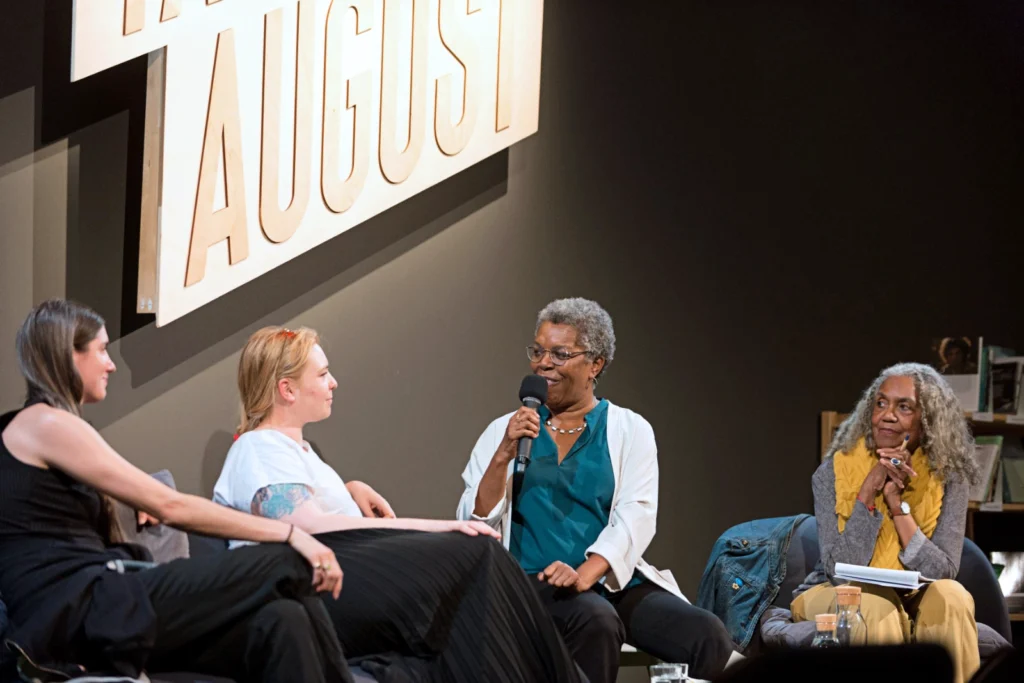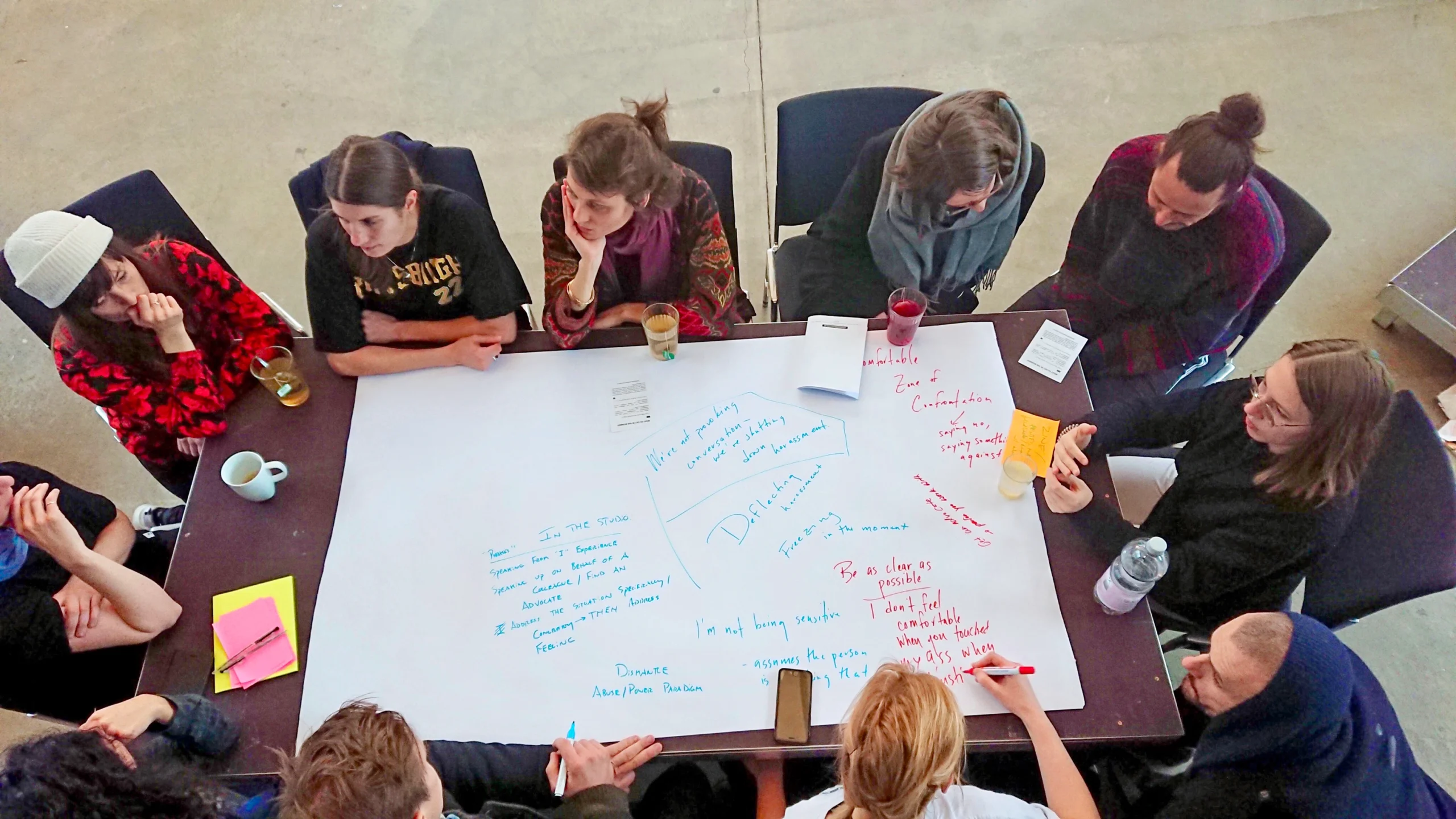Whistle Launches Disrupting Harm in Dance, an Online Tool Kit to Help Dancers Navigate Dysfunctional Work Cultures
In a perfect world, dance institutions would take the initiative to protect dancers from the abusive and dysfunctional work environments that still plague the industry.
But after years of activism through their organization Whistle, which focuses on ending gender-based harm and other forms of abuse in dance by offering workshops and resources, Robyn Doty and Frances Chiaverini were finding that this wasn’t the reality of the field. At one Whistle workshop, for instance, the director of a major festival expressed that the impetus was on the dancers to speak up about abusive work environments, recalls Chiaverini.
“The institutions weren’t going to take the responsibility, we heard that,” she says. “We even tried to sell ourselves to different universities, and nobody was interested in what we were doing. It was obvious that the dancers were the ones who were interested in change.”

So Doty and Chiaverini set out to try to help dancers navigate those abusive and dysfunctional work environments themselves. The result: Disrupting Harm in Dance, a free online curriculum launched earlier this year with resources on topics like racial justice, undoing ableism, and creating nonhierarchical leadership structures.
With the help of funding from the Migros-Kulturprozent in Switzerland and a fellowship at the Center for Ballet and the Arts at NYU, Whistle recruited other dance-world activists to contribute to the curriculum: Crip Movement Lab founders Kayla Hamilton and Elisabeth Motley created the resource on ableism; The Dance Union included excerpts from one of its town halls on dismantling white supremacy along with an accompanying worksheet; artist and astrologer J. Bouey shared a guide to somatic astrology to help dancers heal from abuse; OFEN Co-Arts Platform made videos on anti-capitalist practices in the studio and related topics; and Chiaverini and Doty contributed their own resources on consent, emotional abuse, talking to journalists, and more.
The tool kit, also available as a printable PDF, contains not just information but also tasks to complete, questions to ask, and worksheets to do. “It’s very easy in these situations to sit around and talk about problems and not have anything happen or feel like nothing’s changing,” says Chiaverini. “So it’s important to have these tools to figure out how we can move forward.”
Doty and Chiaverini acknowledge that equipping individual dancers with tools to respond to harmful environments isn’t the same as addressing the root cause of those environments. While not an ideal solution, it’s one that’s responsive to the current reality of the field—and that Doty hopes can also be used in community settings, whether as guidance for a group of dancers looking to unionize or in a class of college students learning about working conditions in the industry. “I think that’s where a lot of change happens,” she says.
Chiaverini sees the content as a guide to help dancers “determine how they want to show up in the studio, and how they want to react to abusive situations they might be experiencing,” she says. “I hope that they will come into the studio with boundaries that they find for themselves, and that they have the courage and the confidence to talk about those boundaries. I’m interested to see how institutions and power structures react to that.”
Disrupting Harm in Dance is a swan song for Whistle, which Doty and Chiaverini will be sunsetting this year to focus on other projects. It feels like an appropriate culmination of all the work they’ve done over the years, says Doty, “a beautiful memory archive.”




